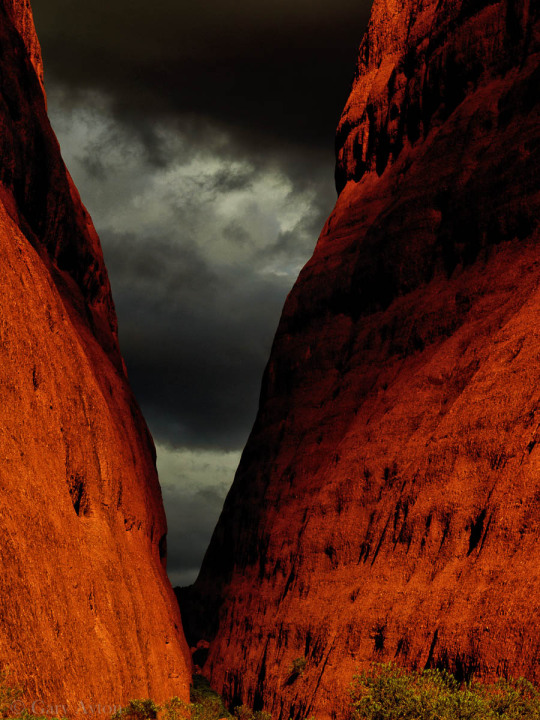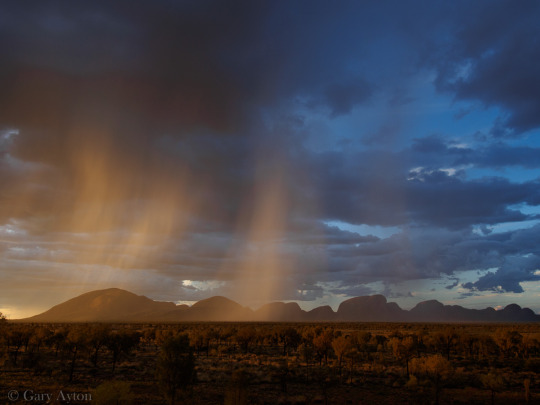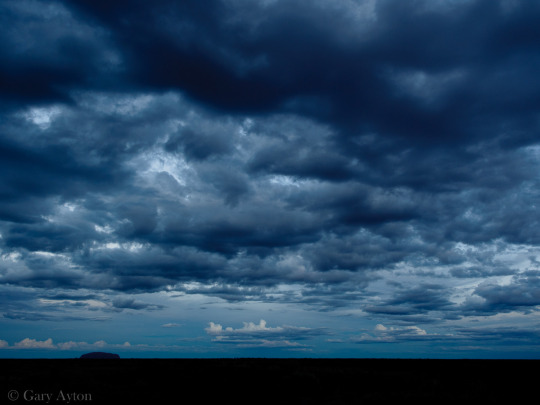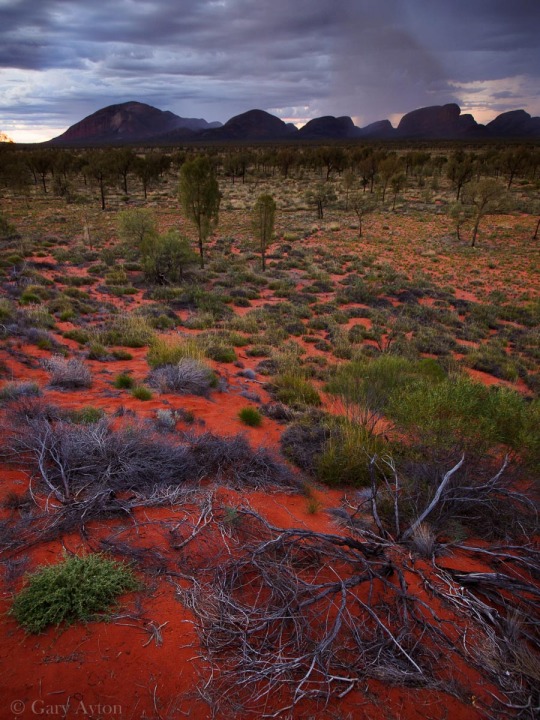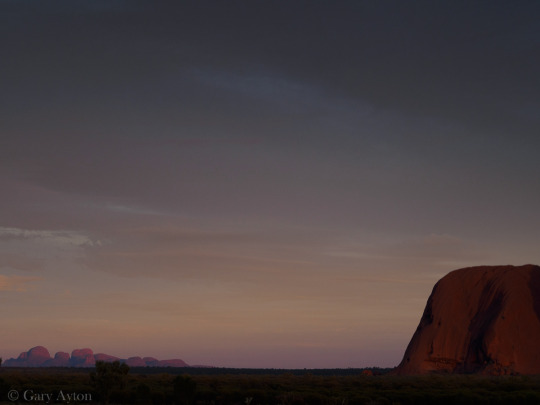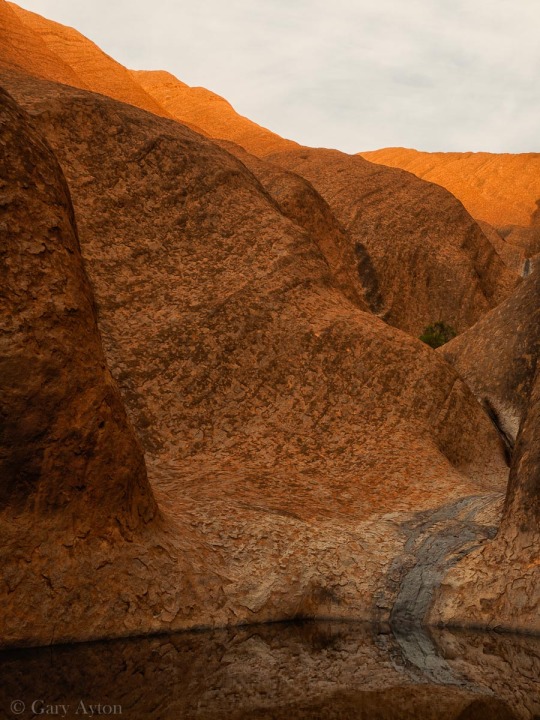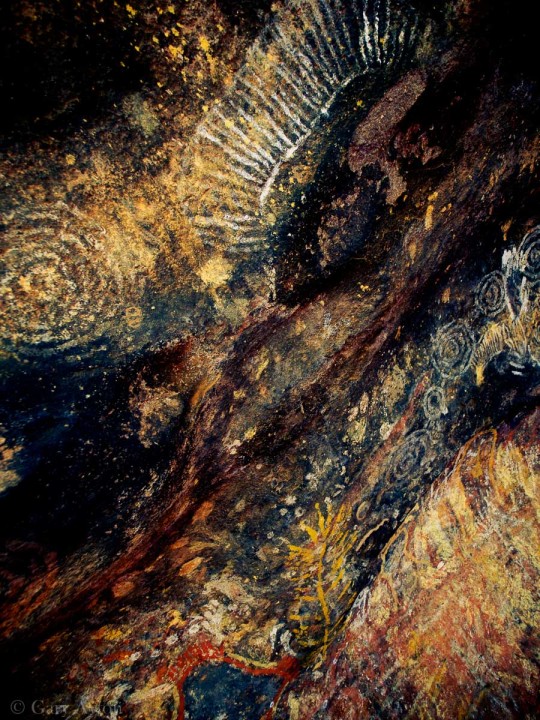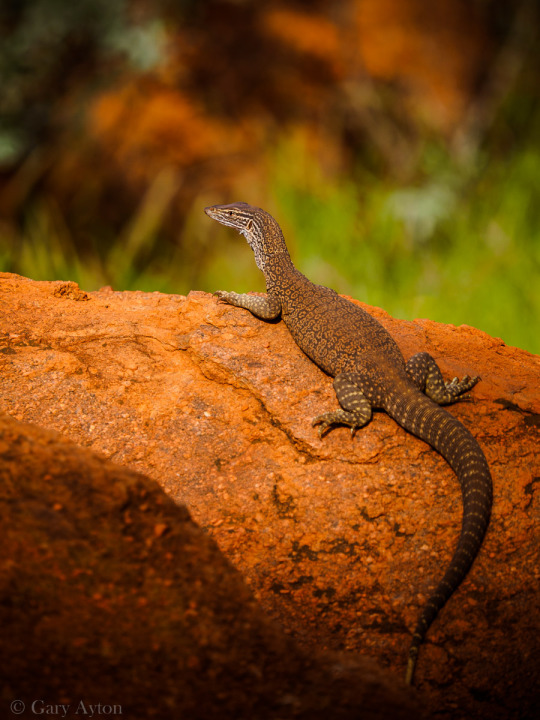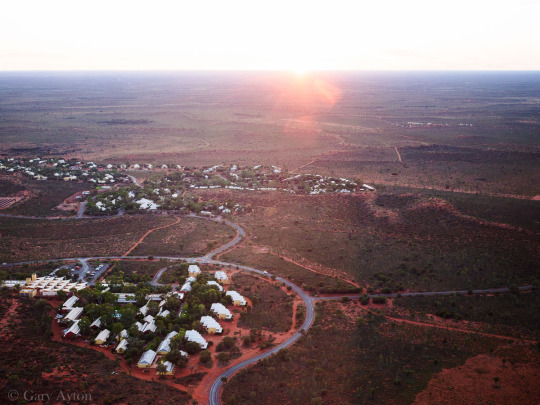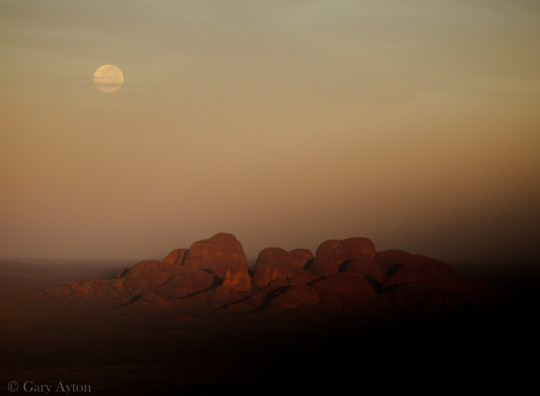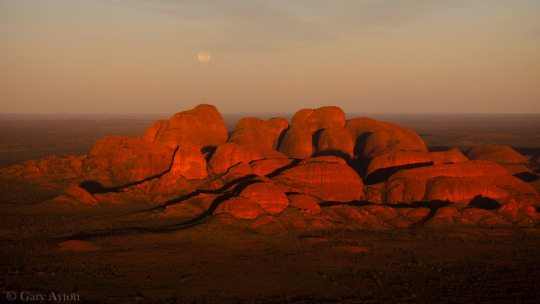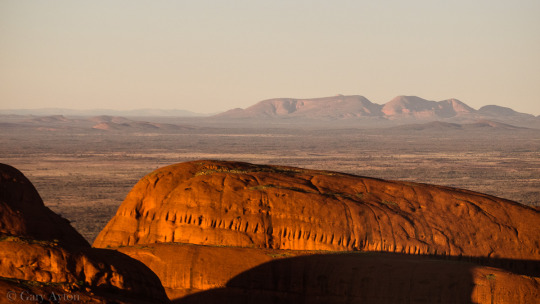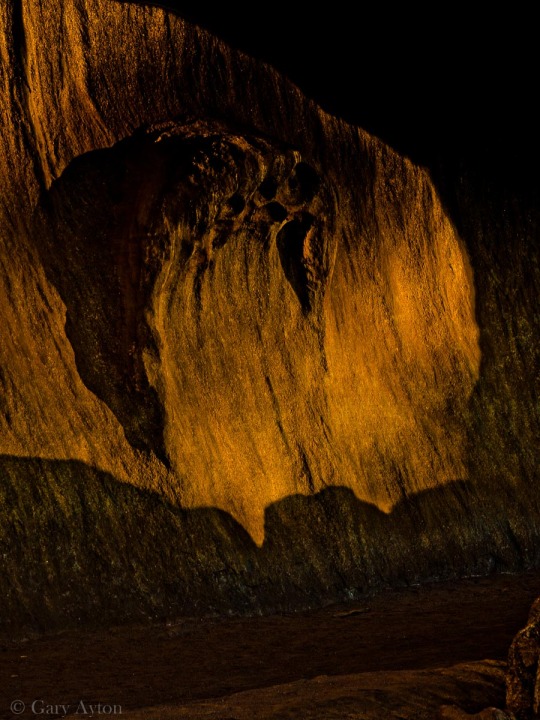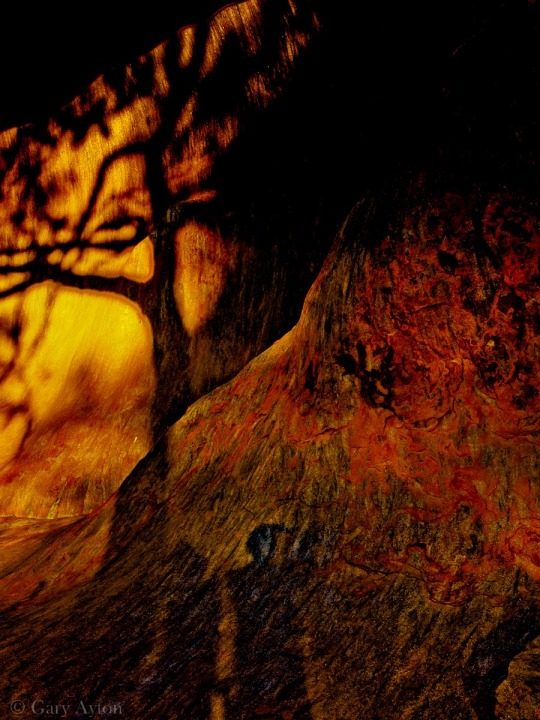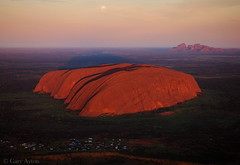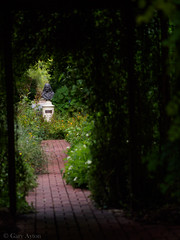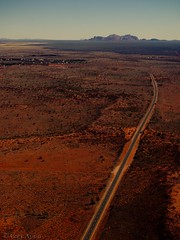I went to Uluru (Ayers Rock) and Kata Tjuta (The Olgas) last August in the Australian Winter – the blog posts are here.
This week I took the opportunity to visit them again, but this time during the full moon which coincided with the autumnal equinox when both the sun and the full moon appear to be at the celestial equator and thus both rise in due East and both set in due West, although when one is setting, the other is rising.
This makes for the rise and set to be better in line with these two popular tourist attractions, and thus I had planned to get a super telephoto view of the full moon rising above Uluru from Kata Tjuta some 50km to its west while the sun set and then next morning, a sunrise helicopter flight to photograph the full moon setting behind both Uluru and Kata Tjuta.
A potential bonus was a penumbral eclipse of the moon which was to start only a few minutes after moon rise – although these events are not really photographcally interesting unless they are full lunar eclipses.
I thus arranged my holiday to fly into Uluru from Melbourne, then pick up a hire car at the airport and drive the 3.5hrs bitumen highway to my initial 2 night destination at Kings Canyon which I had missed out on seeing last visit, and which is one of the best day walks in the world – my blog post of this can be seen here.
I then had booked 3 nights at Ayers rock Resort in Yulara, the modern village tourist resort for Uluru to coincide with the full moon.
Many people go to the Australian outback to witness the amazing Winter Milky Way skies filled with millions of stars well away from urban light pollution. But this is best in Winter when the Milky Way is best seen and the skies are more likely to be clear – and very cold (temperatures can drop below zero Celsius), and when the moon is NOT in the sky to cause its own light pollution.
Obviously having timed this with the full moon I was not interested in Milky Way astroscapes this time and the weather forecast was an ominous central Low pressure system sitting over the area causing overcast conditions and possible afternoon storms – this was to adversely impact my first goal of capturing the full moon rising over Uluru but in return it gave me some very nice images of quite rare rain showers over Kata Tjuta exactly at sunset which was indeed awesome.
Before sunset I quickly did the thankfully short 1hr return Walpa Gorge walk at Kata Tjuta in 36degC heat, flies and full late afternoon sun. Above is the start of the walk and below is the towards the end of the walk as storm clouds gathered.
Then I went to the Kata Tjuta sunset viewing platform (thankfully I was fully prepared for the mass of bush flies constantly harassing my face by wearing a mosquito net over my head – nevertheless, the flies did create issues in timing of my shots as they kept flying in front of my lens!), and on arrival a rain shower was passing over the very spot where I had just completed the Walpa Gorge walk and the setting sun was showing it off beautifully:
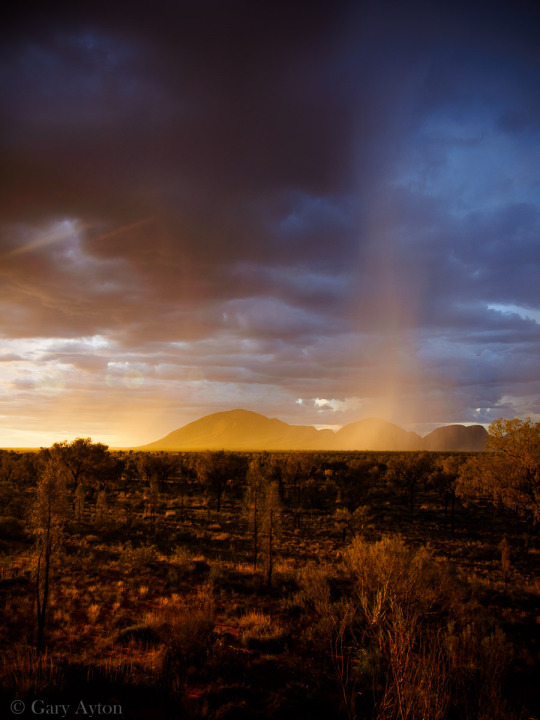
Unfortunately the view east over Uluru was not one that filled me with optimism of capturing the full moon rising rising but still provided a nice dramatic backdrop to Uluru:
Eventually the full moon partly appeared over Uluru, but far too late (the above shot is only included to show that you need a 260mm lens in full frame terms to frame Uluru in portrait from that location), so I turned back to another shot of Kata Tjuta in the dusk light showing the lovely contrast of the red sand which gives the region its alias The Red Centre:
Earlier in the day I partook of a AAT Kings sunrise bus tour of Uluru highlighting cultural aspects which was again well worth doing although it did mean a 5.15am bus departure time to get to the 6.45am sunrise and then explore the waterhole on the south side of Uluru and then a chance to watch the film at the Cultural Centre which again is well worth viewing as it demonstrates vividly the adverse impacts upon the indigenous population with the arrival of white men and tourism.
Sunrise on Kata Tjuta from Uluru sunrise viewing platform – no tripod.
Uluru waterhole just after sunrise – just love the wonderful colours of the Uluru sandstone.
Indigenous rock drawings in a cave on Uluru – colours have been enhanced in post-processing.
Goanna lizard on Uluru at sunrise
Fortunately most of the clouds cleared for my pre-booked helicopter flight next morning (the 6.15am pick up time was a welcome improvement on the previous day’s 5.15am pick up time!) which was another fantastic experience which I would highly recommend:
Yulara and Ayers Rock Resort from helicopter at sunrise.
Above, the image I had planned – Uluru with Kata Tjuta in the background with the full moon setting at sunrise. The indigenous village is in the foreground – whites are not permitted there without invitation.
Kata Tjuta with the full moon setting at sunrise taken with the Olympus mZD 40-150mm f/2.8 lens.
Closer to Kata Tjuta with the full moon setting at sunrise taken with the Olympus mZD 12-40mm f/2.8 lens.
In the background are the Petermann Ranges with part of Kata Tjuta in the foreground. Kata Tjuta and Uluru are massive sedimentary deposits formed before life began on earth from erosion of the Petersen Ranges which were then as high as the current Himalayas!
Ancient fixed sand dunes stabilised by spinifex grasses – these are the oldest fixed sand dunes in the world.
That afternoon I did the short Mala walk at sunset and it was a beautiful ambience in the balmy warm breeze with no one around and very few flies – those that were there diminished greatly in number soon after sunset.
Rock formation from erosion within a cave at sunset.
Shadow of a tree at sunset in a large cave.

The gorge on the Mala Walk at sunset – there is a waterhole at the end of this lovely short walk.
I hope this has shown that the Red Centre of Australia is a photographer’s wonderland and even Uluru itself with its many dimensions to explore – photographic, cultural and geological is indeed an amazing destination – just respect the indigenous peoples and the environment – no rubbish, no wastes, and definitely no graffiti.
Photographically, Uluru is a wonderful challenge in any weather and light condition with its many varied shapes, and its wonderful colours and textures – a great place to experiment with composition, lens choice, graphic design and more.
All the above photos were taken with Olympus OM-D Micro Four Thirds cameras such as the E-M5 and E-M1.
No tripod was used for any shots apart from the attempted full moon rise over Uluru, and apparently there was no utility in using one in the helicopter.


